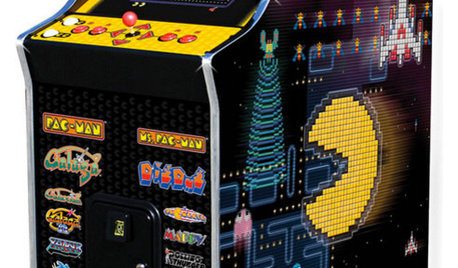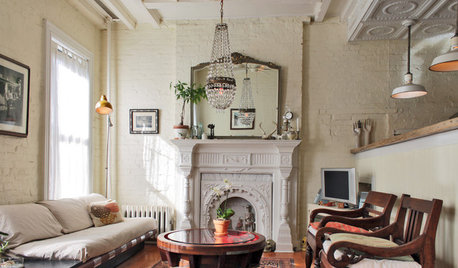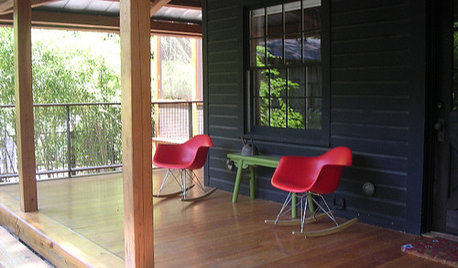E.S. in Cen/Fl
orchids41
18 years ago
Related Stories

HOME TECHRetro Video Games Score Big in 21st-Century Homes
Old-style arcade consoles are blipping and blinking their way onto home design's radar. Will Space Invaders soon be invading your space?
Full Story

GREAT HOME PROJECTSUpgrade Your Windows for Beauty, Comfort and Big Energy Savings
Bid drafts or stuffiness farewell and say hello to lower utility bills with new, energy-efficient windows
Full Story
REMODELING GUIDESRanch House Remodel: Installing the Interior Finishes
Renovation Diary, Part 5: Check in on a Florida remodel as the bamboo flooring is laid, the bathroom tiles are set and more
Full Story
LIFEWhen You're Suddenly Solo at Home
Whether you stay in a home alone or move on, these strategies from professional organizers can help you with the process
Full Story
WINDOWSSteel-Framed Windows Leap Forward Into Modern Designs
With a mild-mannered profile but super strength, steel-framed windows are champions of design freedom
Full Story
ECLECTIC STYLE5 Reasons to Hit That Secondhand Store
New things have their place, but old things have a history and beauty all their own
Full Story
TRAVEL BY DESIGNHow to Prepare Your House for a Home Swap
Trading homes for your vacation? Leave yours in great shape for your guests and help them enjoy a happy break with these 12 tips
Full Story
COLORPick-a-Paint Help: How to Create a Whole-House Color Palette
Don't be daunted. With these strategies, building a cohesive palette for your entire home is less difficult than it seems
Full Story




yellowgirl
orchids41Original Author
Related Discussions
Some late blooms
Q
Moving a Big Brug
Q
He Meant Well thread
Q
OMG! What a surprise
Q
yellowgirl
orchids41Original Author
yellowgirl
yellowgirl
HoneyGum_SugarBush
yellowgirl
mboston_gw
yellowgirl
mboston_gw